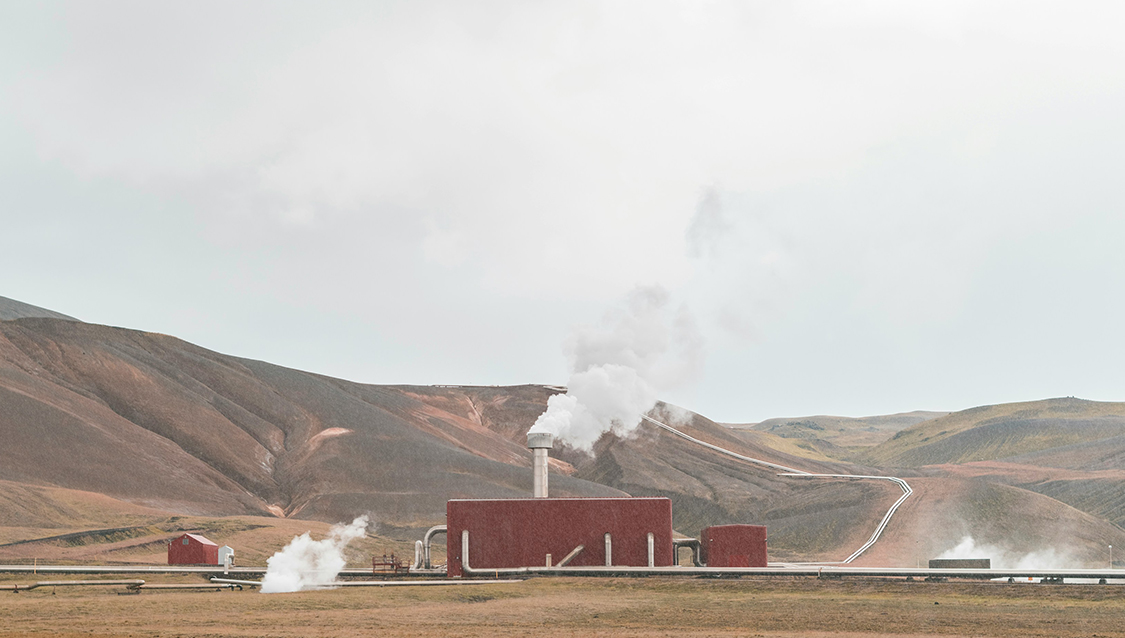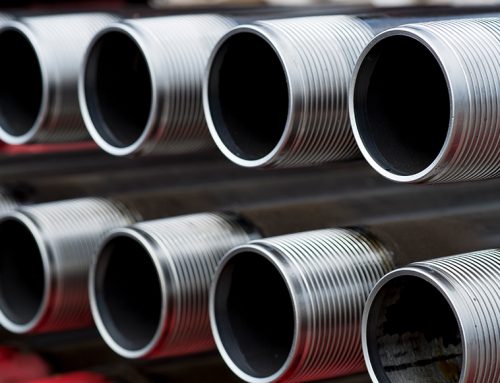What is CCS?
CCS, or carbon capture and storage, has emerged in recent years as a way to reduce the impact of greenhouse gases on the environment, particularly carbon dioxide (CO₂). It is considered a key technology in the fight against global warming and is facilitated by a three-step process:
Capture
To be successfully contained, CO₂ emissions need to be captured at their source, which will usually be an industrial setting, such as a factory, power plant or mine site. In a gas or coal context, this can occur either pre or post-combustion. There are a number of different capture methods, but all tend to involve either chemical solvents, which absorb the emissions, or membrane technologies that separate the CO₂ from other gases present.
Transport
Once the CO₂ has been captured, it will need to be appropriately compressed and transported from the source to the storage site. This usually occurs via a pipeline, which could be hundreds of kilometres long. However, if the CO₂ is able to be converted into a liquid form, it may be transported by boat or road tanker, depending on contextual factors like distance and geography.
Storage
Once it has arrived at the storage facility, the captured CO₂ will be stored in geological formations deep underground where it’s effectively ‘trapped’ and prevented from re-entering the atmosphere. Examples of such formations include depleted oil and gas fields, coal beds that cannot be mined, or deep saline aquifer formations.
How does CCS relate to OCTG?
OCTG plays a crucial part in supporting oil and gas exploration, but it has an equally important role in facilitating the safe transport and storage of the CO₂ emissions generated by these activities.
Pipelines connect the site where the carbon is captured to the storage location and ultimately to the CSS well (constructed from OCTG), where it will be injected and stored deep underground.
Once the operational potential of the CSS well has been exhausted, the well will be closed in. Suitable permanent pressure barriers will then be installed to ensure that CO₂ does not re-enter the atmosphere and remains underground.
Read more about the role of OCTG in facilitating the decarbonisation effort.
OCTG materials selection for CCS
There are a number of factors that will influence the selection of appropriate OCTG materials for CCS wells, including the composition and phase behaviour of the CO₂ stream and the type of reservoir into which it is being injected.
CO₂ Composition
The source of the CO₂ will greatly affect its composition. For example, impurities such as NOx, SOx and/or O₂ could be present if the CO₂ comes from a power plant or the cement manufacturing process, H₂S may come from CO₂ which is produced from oil or gas wells, and H₂ may be present in H₂ gas from precombustion at a power plant.
Injection Conditions
Differing injection conditions can change the phase of the CO₂ that is injected (gas, liquid or supercritical). These can lead to phase changes in the well such as the Joule Thomsom effect or changes in corrosion gas pressure which could dramatically change the material requirements for the OCTG.
Reservoir
The environment into which the CO₂ is being injected must also be considered when selecting materials for CCS wells. For example, a low-pressure depleted gas reservoir could result in a phase change of the CO₂ whereas a high-pressure reservoir could cause backflow of the CO₂ if the well is shut in. Also, any fluids or gases already existing in the reservoir can cause corrosion and must be factored into the materials selection process.
Are you in need of OCTG products that can be integrated with CCS technology? Browse the Pipesales international marketplace.






